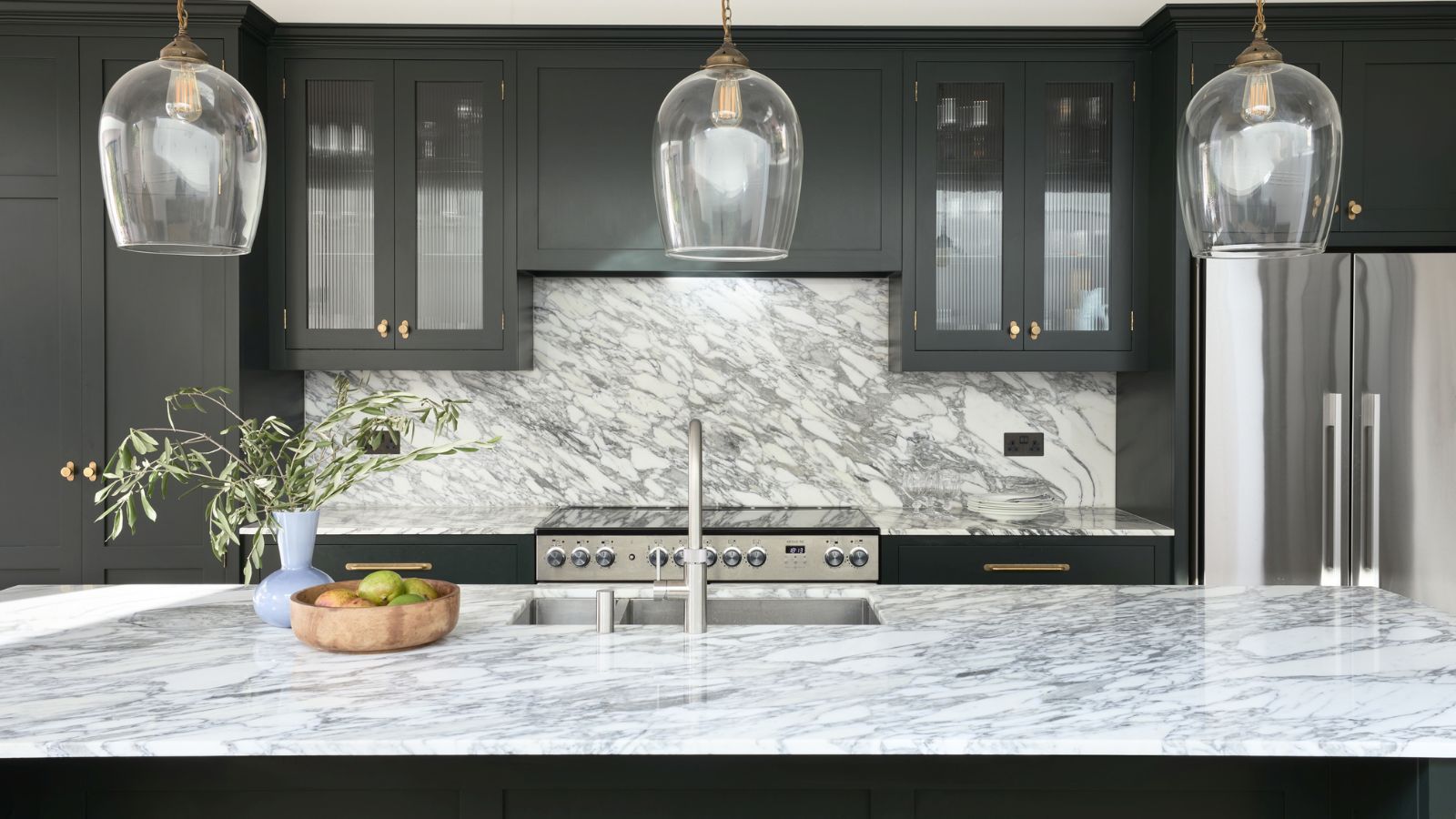
I used to be a die-hard non-stick pan user, but with more research than ever highlighting the potential dangers of non-stick coatings flaking into food, I tried out stainless steel pans, and I have been thoroughly converted.
Not only have they made cooking healthier, but it’s less stressful too – not to mention easier to clean.
Here’s why I now swear by this non-toxic home essential and why experts reckon snapping some of the epic sets in the Amazon Big Spring Sale is the perfect time to make the switch.
Why swapping to non-toxic stainless steel pans made my kitchen healthier
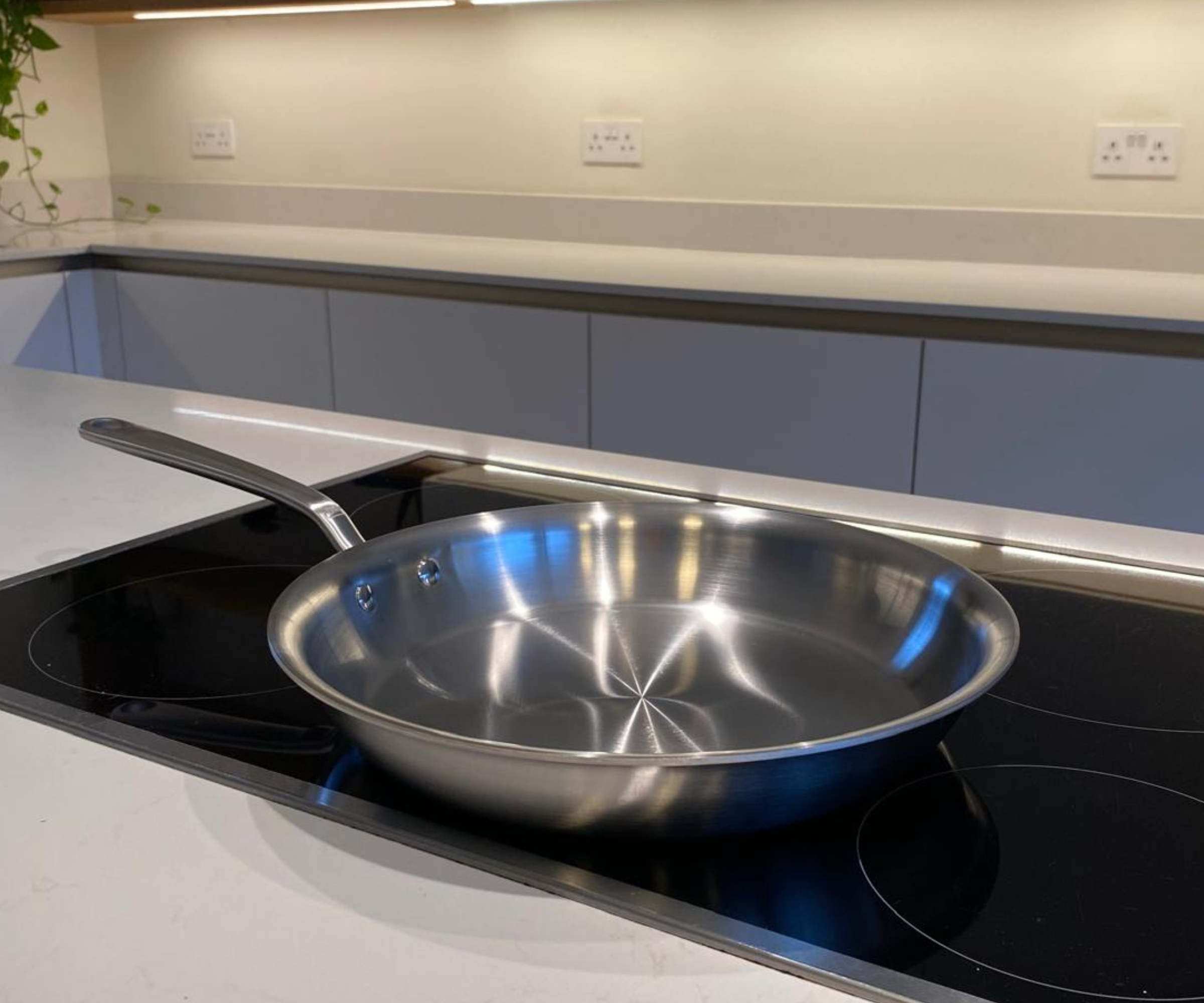
Stainless steel pans are some of the best pans you can buy for your kitchen and are usually the number one pick in a professional kitchen.
All prices were correct at the time of publication.
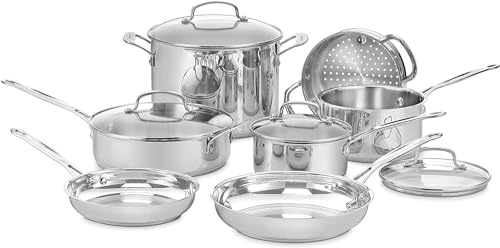
One of the hottest sellers in the Amazon Big Spring Sale this year, this epic stainless steel set includes a 1.5 Quart saucepan with glass cover, 2.5 Quart saucepan with glass cover, 3 Quart saucepan with helper handle and glass cover, 8 Quart stockpot with glass cover, 8" Skillet, 10" Skillet, and 7.08 inches Steamer insert.
1. They are not toxic
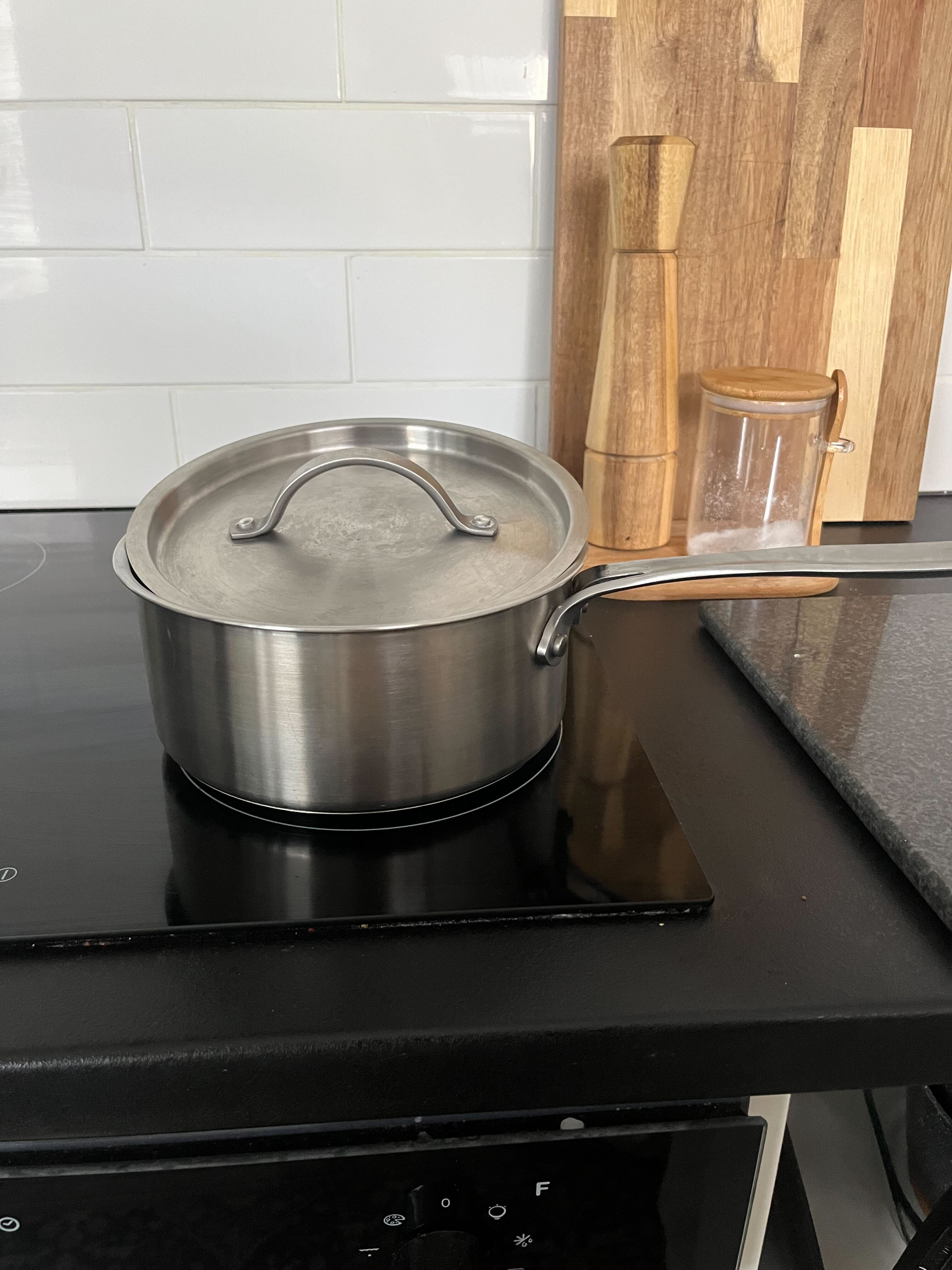
One of the main reasons I swapped to stainless steel is because it is non-toxic. But what does non-toxic cookware really mean?
Bruce Jarnot, Ph.D, global materials compliance expert, toxicologist, and product compliance advisor at Assent explains, 'Forever Chemicals, or per- and polyfluoroalkyl substances (PFAS), are a group of synthetic fluorocarbons that are widely used in kitchen products.
'Most stain-resistant, waterproof, and non-stick items have PFAS in them. While these performance qualities are useful, studies show that exposure to PFAS has been linked to a range of health risks, including potential long-term impacts such as cancer, liver damage, and developmental issues in children.
‘To eliminate PFAS exposure risks in the kitchen, consumers should switch out their non-stick frying pans, baking sheets, and food storage containers to stainless steel, cast iron, wood, bamboo, or glass alternatives.’
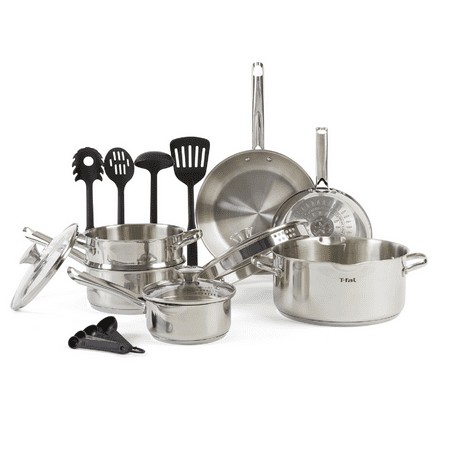
This complete stainless steel cookware set features induction bases for even cooking that eliminates hot and cold spots. The pans include an 8” frypan, 10.5” frypan, 1qt covered saucepan, 2.4qt covered saucepan, and a 5qt covered Dutch oven.

This essential stainless steel set includes four stockpots (7/4.5/4/3 QT), a 10" frying pan, and a 2.5 QT sauce pan, each with a glass and steel lud.
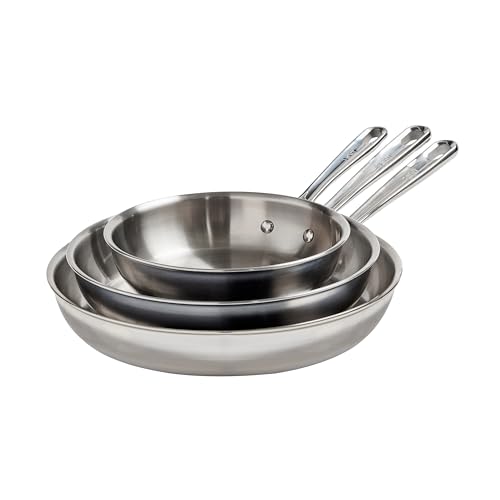
These stainless steel frying pans are also oven-safe, so you can quickly transfer your cooking from the stovetop to the oven or grill to finish the dish off.
2. They are easier to clean

You might think that because a pan is non-stick it will be simple to clean – food should come right off, right?
While this is the case for a while, non-stick coatings can eventually wear down, making cleaning more difficult. Plus, you have to be very careful when caring for non-stick pans. They are one of the many items you cannot put in a dishwasher, meaning you have to wash dishes by hand using gentle, non-abrasive sponges and dish soap, adding time to cleaning a kitchen after dinner.
On the other hand, there are many ways to clean stainless steel pans, and they can go in the dishwasher. What’s more, they can take a little more of a beating should you need to clean by hand.
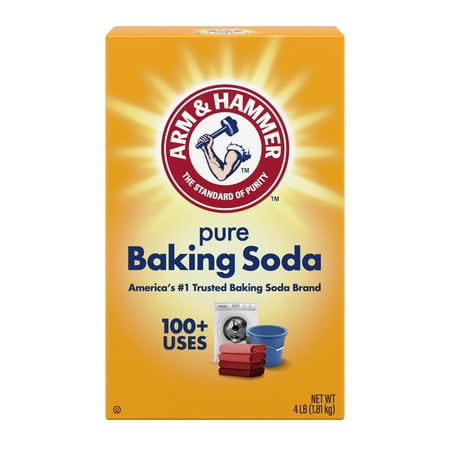
Baking soda is a natural abrasive that helps break down tough deposits without scratching delicate surfaces such as metal and glass. Mixed into a paste with water or use with vinegar for fizzy cleaning. It's safe for use in most areas of your home.
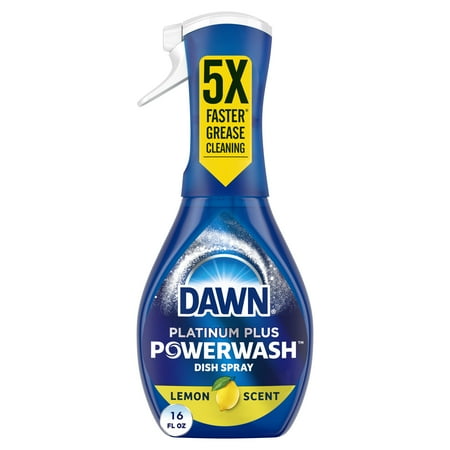
With a fresh lemon scent and a concentrated soap formula, Dawn Powerwash breaks down grease to limit how much you need to scrub, especially when cleaning stainless steel pans.

These have an enzyme-rich formula that cuts through tough grease and food residue without fragrances, dyes, phosphates, or chlorine.
3. You don’t have to worry about utensils
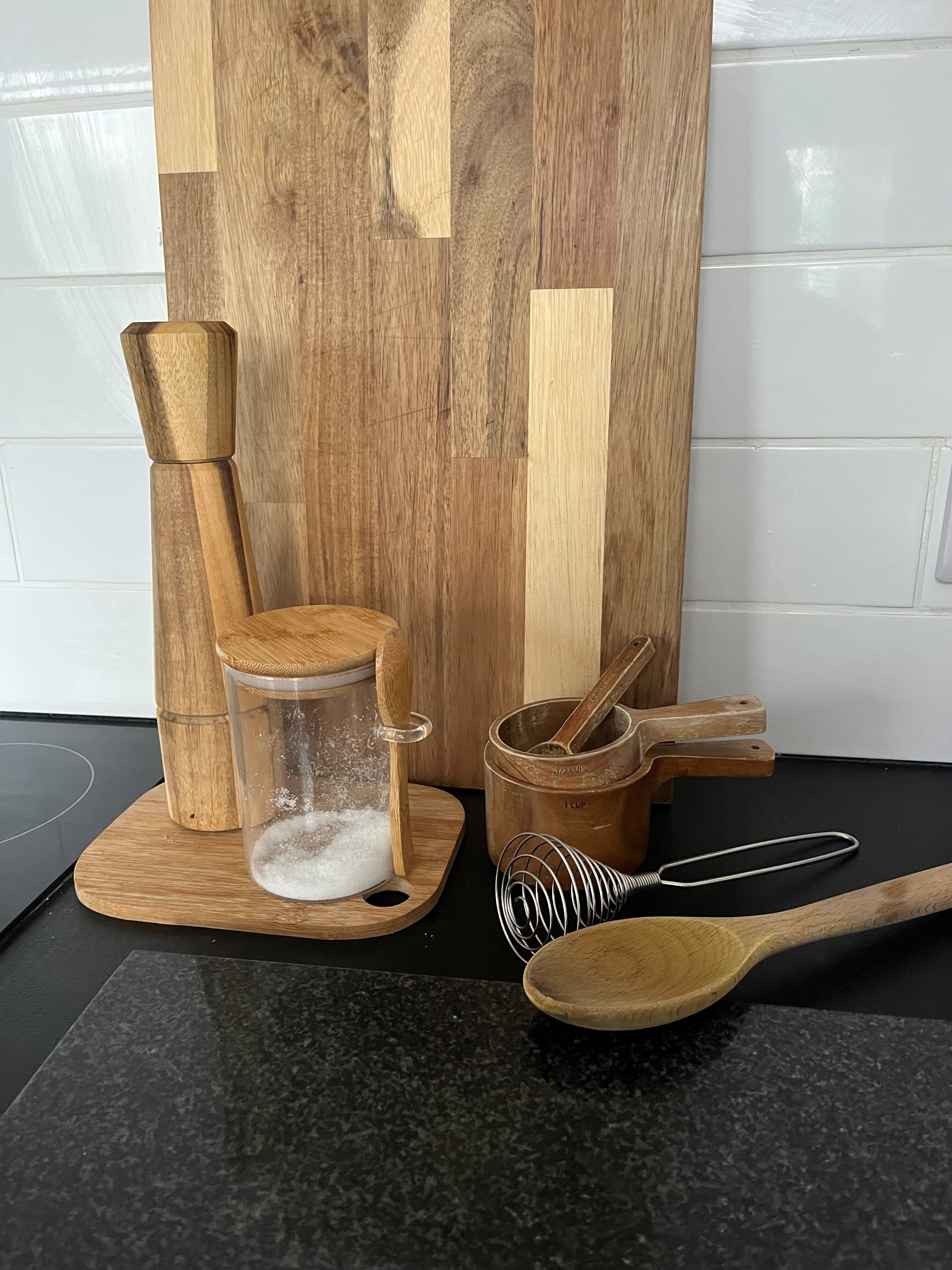
Stainless steel is safe for use with metal utensils whilst cooking, which makes it easy to switch yours to non-toxic ones.
Non-stick pans, on the other hand, must only have non-metal utensils touch their surface. This is because you risk scratching that toxic coating off and straight into your food. With non-stick pans, you have to use plastic, silicone or wood utensils, which may not last as long.
If your goal is to create a non-toxic kitchen, you should replace black plastic tools in your kitchen with metal ones, which are safe to use on stainless steel pans. Utensils made from natural materials are an option too, but it can also be awkward to clean wooden spoons and they should not go in the dishwasher as their natural oils will be stripped away.
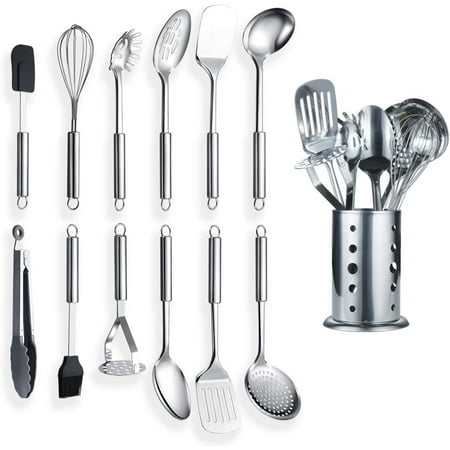
This complete stainless steel tool set comes with a matching utensil holder to help you keep everything neat and easy to access.
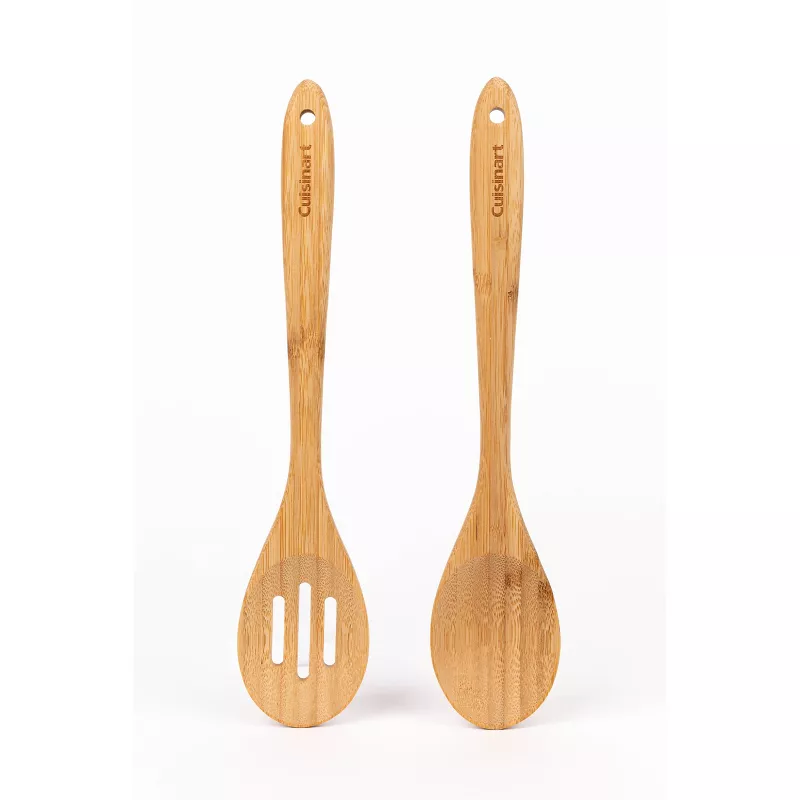
Wooden kitchen utensils won't scratch any pans but need deep cleaning to prevent cross-contamination, especially when cooking meat.

These refined stainless steel tools make serving up dishes and cooking in a metal wok more of a show. The wooden handles make them nicer to hold when cooking, too.
4. They are simpler to store
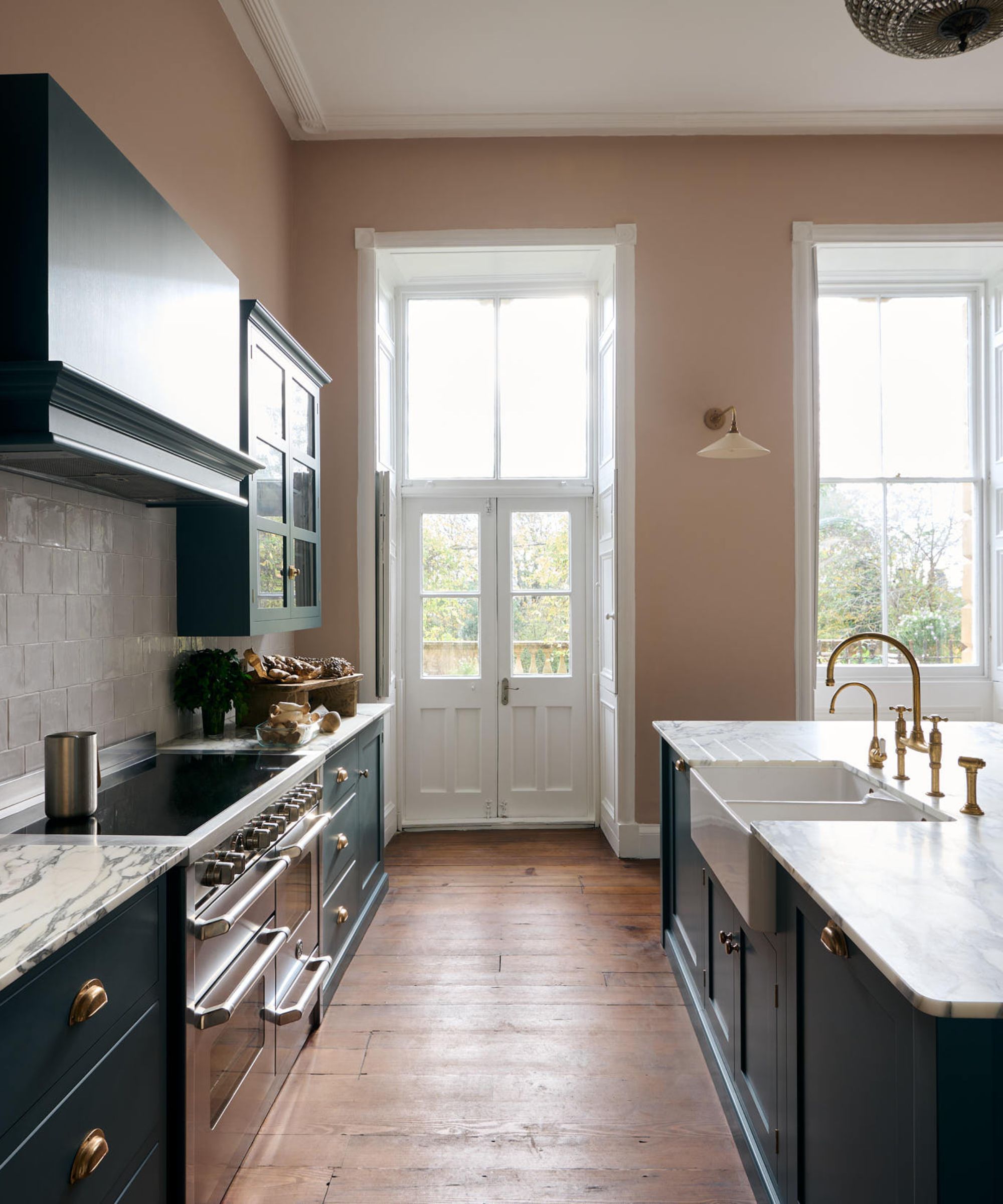
It is far easier to organize pots and pans when you are not worried about them scratching or peeling. Stainless steel pans can be stacked inside one another without having to worry about damage, whereas non-stick pans need to be separated to protect the toxic coating.
Stainless steel is, therefore, ideal if you are struggling to organize a small kitchen and have limited scope for pan storage ideas.
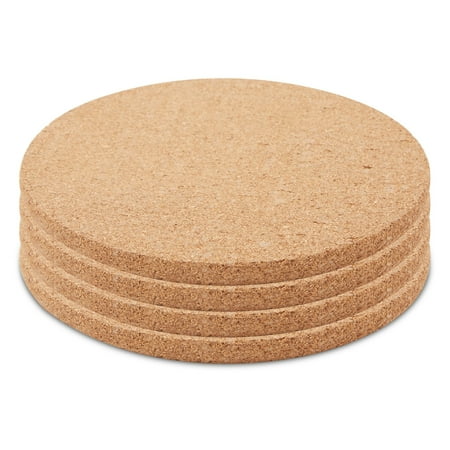
If you still have non-stick pans, cork trivets between each pan makes stacking safer. They can also be used to protect your worktops form heat damage when serving.
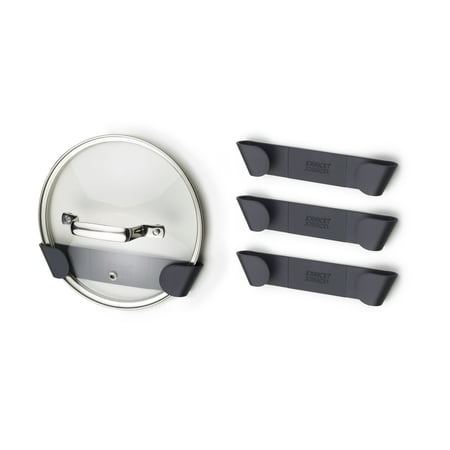
Organizing pans is one thing, but finding space for the lids is another. These stick-on pan lid holders keep your lids neatly tucked into your cabinet door to increase kitchen storage space. Head of Solved Punteha tried these and found they were super strong and stopped cabinet chaos.
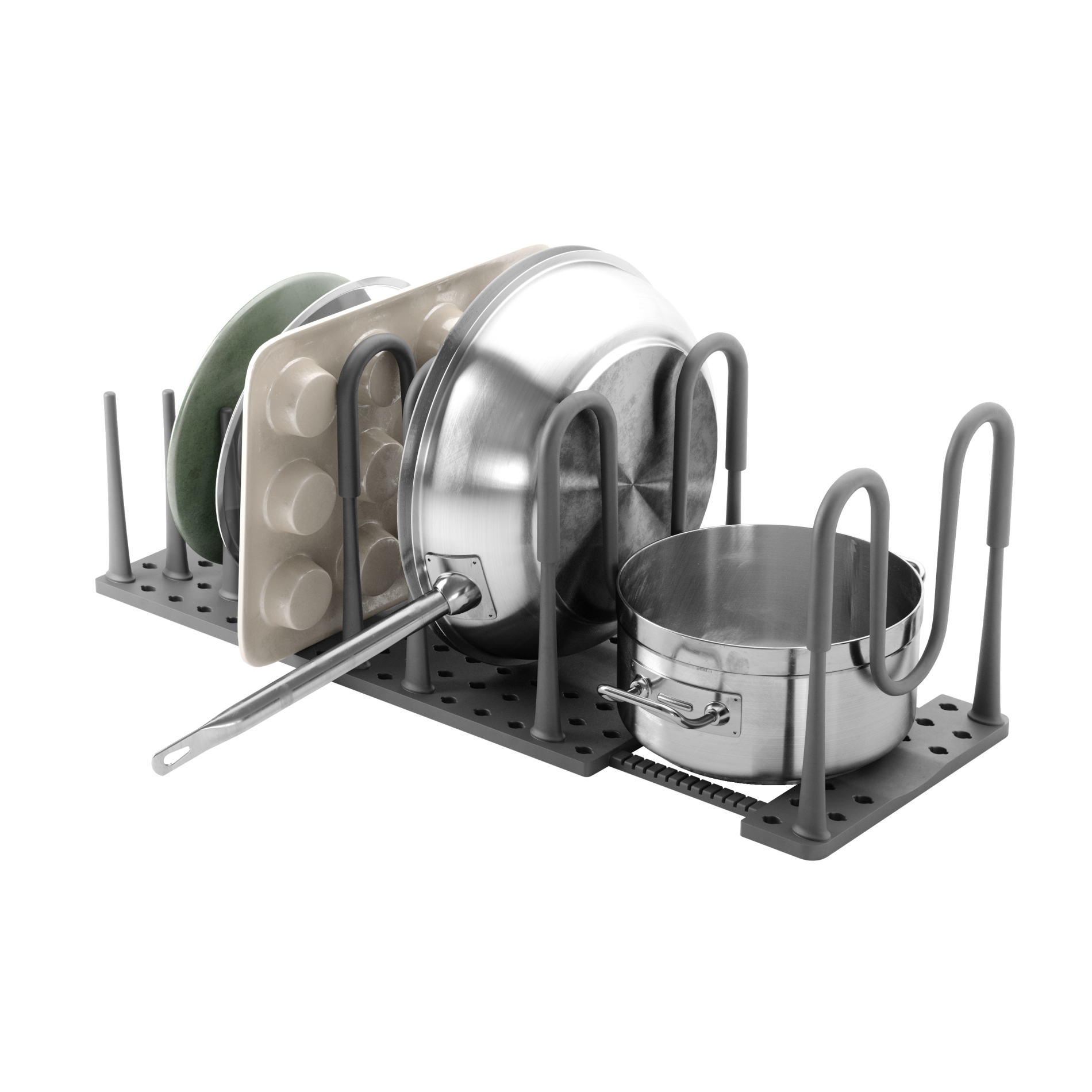
The Peggy organizer is now my favorite item of kitchen storage. It is large enough to hold most of my pans, but not so big that it takes up my already limited storage cabinet space. It is customizable, easy to wipe clean and streamlined my messy pots and pans.
Meet the expert
FAQs
Why do chefs avoid using non-stick pans?
Professional chefs will not use non-stick pans as you have to be more careful with them, and they are not as durable as stainless steel. It is also more dangerous, with coatings potentially contaminating food and affecting its taste.
If, like me, you have relied on non-stick pans because they stop food from, well, sticking, you will be thrilled to hear that you can make any pan non-stick with a bit of time, and without making them toxic to cook with.
Non-stick pans are not the only household item I stopped buying for a less toxic home. There are several toxic laundry room items I also cut out, along with some secretly toxic bedroom items that I've now got rid of, too.







